Valmir Ortega founded Belterra to disseminate agroforestry systems and help curb deforestation in the world’s largest rainforest. In this interview, the former president of IBAMA tells us what is missing for this model to succeed.
The Initiative
- Name
- Belterra Agroforestry
- Who’s involved
- Valmir Ortega (founder) and team
- What is it
- The company implements agroforestry systems for the sustainable use of land, forest regeneration, and increased income for small producers.
- Where is it
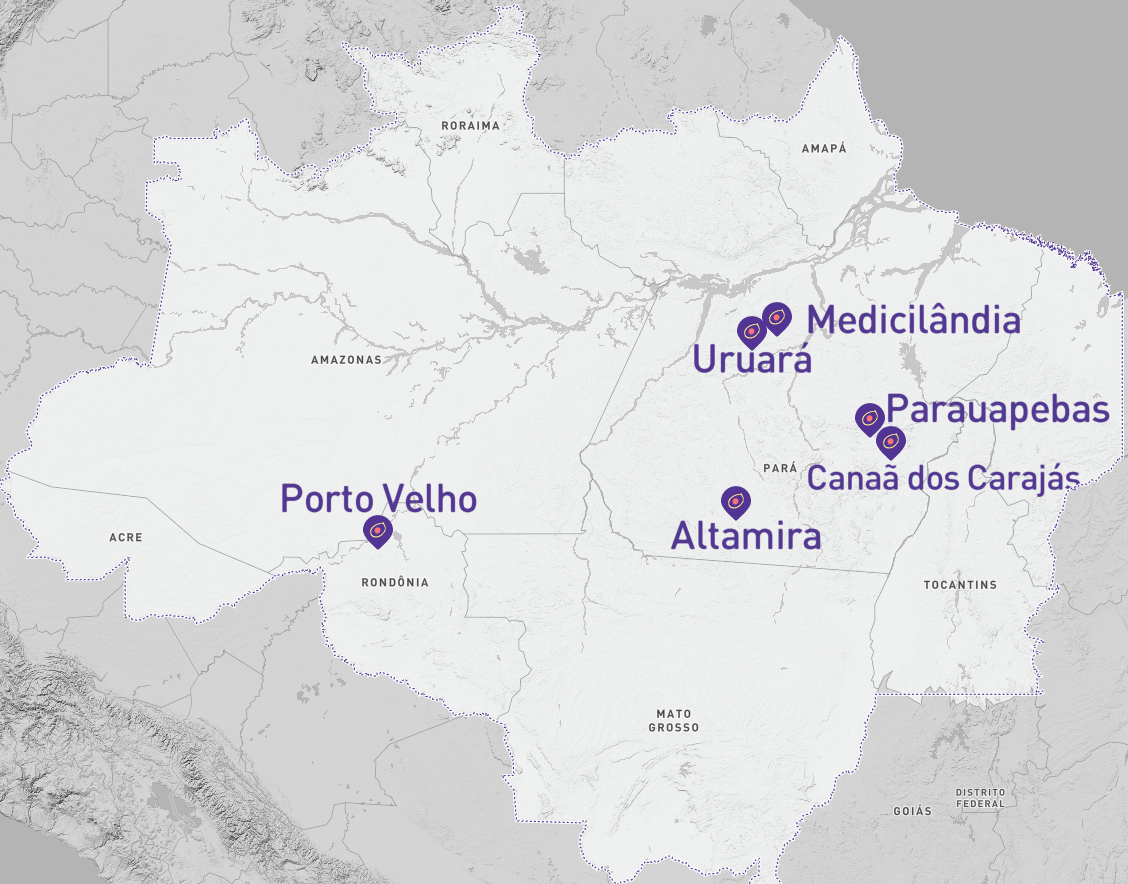 In the Amazon, in Porto Velho (Rondônia) and Altamira, Medicilândia, Uruará, Parauapebas, and Canaã dos Carajás (Pará).
In the Amazon, in Porto Velho (Rondônia) and Altamira, Medicilândia, Uruará, Parauapebas, and Canaã dos Carajás (Pará).
An initiative based in two hubs of deforestation in the Amazon, Pará and Rondônia, wants to change the region’s production model. Geographer Valmir Ortega founded Belterra Agroflorestas to disseminate agroforestry systems, which leave the forest standing, generate income above that offered by commodities, such as soy, and keep farmers in the countryside as allies of conservation.
But this type of undertaking needs to gain scale and public and private support to help to curb deforestation in the rainforest, says Ortega. For nearly 15 years, led environmental agencies such as IBAMA and some state environmental departments. He also directed policy actions for the Brazilian chapter of NGO Conservation International. In recent years, he has moved towards consulting in the private sector and working with non-governmental organizations, international cooperation agencies, and foundations, focusing on a revolutionary and urgent task: building businesses that truly associate production with the maintenance and recovery of the forest.
Below, you will find the main excerpts from our interview with Ortega, who also chairs the boards of the NGOs Instituto Centro de Vida (ICV) and Conexsus—Instituto Conexões Sustentáveis—and is a member of the boards of the Brazilian Biodiversity Fund (Funbio) and the World Resources Institute—Brazil.
Can you summarize your trajectory in governmental and non-governmental agencies at the federal and state levels? Why the current bet on the private sector?
I spent 12 years in government. I started as the Superintendent of Environment of Mato Grosso do Sul. In Brasília, I coordinated the Pantanal Program at the Ministry of the Environment, as well as director of Ecosystems and deputy president at Ibama. In 2007, I took over as Secretary of the Environment of Pará, where I remained until 2009. And then I ended my career in the public sector. Afterwards, I spent three years as Cerrado and Pantanal Director and then as Policy Director at Conservation International, in Brasília. As early as 2018 and heading into the consulting sector, I was one Conexsus’s founders. We created this NGO to promote community-based businesses that help to conserve the forest, production chains, and collective arrangements that sustainably use native vegetation. It is an intermediary organization that networks with other entities focused on reducing bottlenecks to community business modeling and execution, accessing capital for investment, whether public or private, and improving access to fairer markets for forest products. Another challenge was to seek and promote business in Brazil in the forest restoration chain. We realized that there were very few businesses with scalable potential. In other words, if we think about creating a dynamic to restore 12 million hectares, one of the country’s goals to face the global climate crisis, whatever the conditions, whether restoration, regeneration or reforestation, we need to structure business chains that promote it all.
That’s where the idea for Belterra Agroflorestas came from?
Both Conexsus and Belterra came from the identification of gaps for operating with sustainable businesses in the Amazon. Belterra was an impulse in this perspective, of how to scale business in thousands of hectares in the region, in partnership with farmers and cooperatives.
When Brazil ended a cycle of heavy deforestation in the forest, around 2012, we had the feeling that we had overcome a deforestation dynamic based on crimes such as land grabbing and focused on large properties, and that the remaining deforestation was connected to an economic dynamic, that is, producers deforesting to expand productive areas. Thus, facing this no longer depended only on inspection and control. It was essential to foster really sustainable businesses, as was the case, for example, with the support of the Amazon Fund, whose projects were migrating from consolidating protected areas and from forestry legislation to fostering sustainable productive activities. We conclude that generating a new regional economic dynamic is crucial to ending forest supression.
But public policies and resources from public and private funds are insufficient to generate radical changes in the deforestation scenario. Banks are not prepared to finance and scale these production chains. There was a big gap to work in these segments, including products such as Brazil nuts, açaí and cupuaçu.
Thus, Belterra emerged with the objective of testing new business models that are capable of attracting large-scale investments to support producers in the restoration of degraded areas as well, helping to compose landscapes that aggregate agriculture, agroforestry, native forest, and, of course, that are economically and ecologically viable.
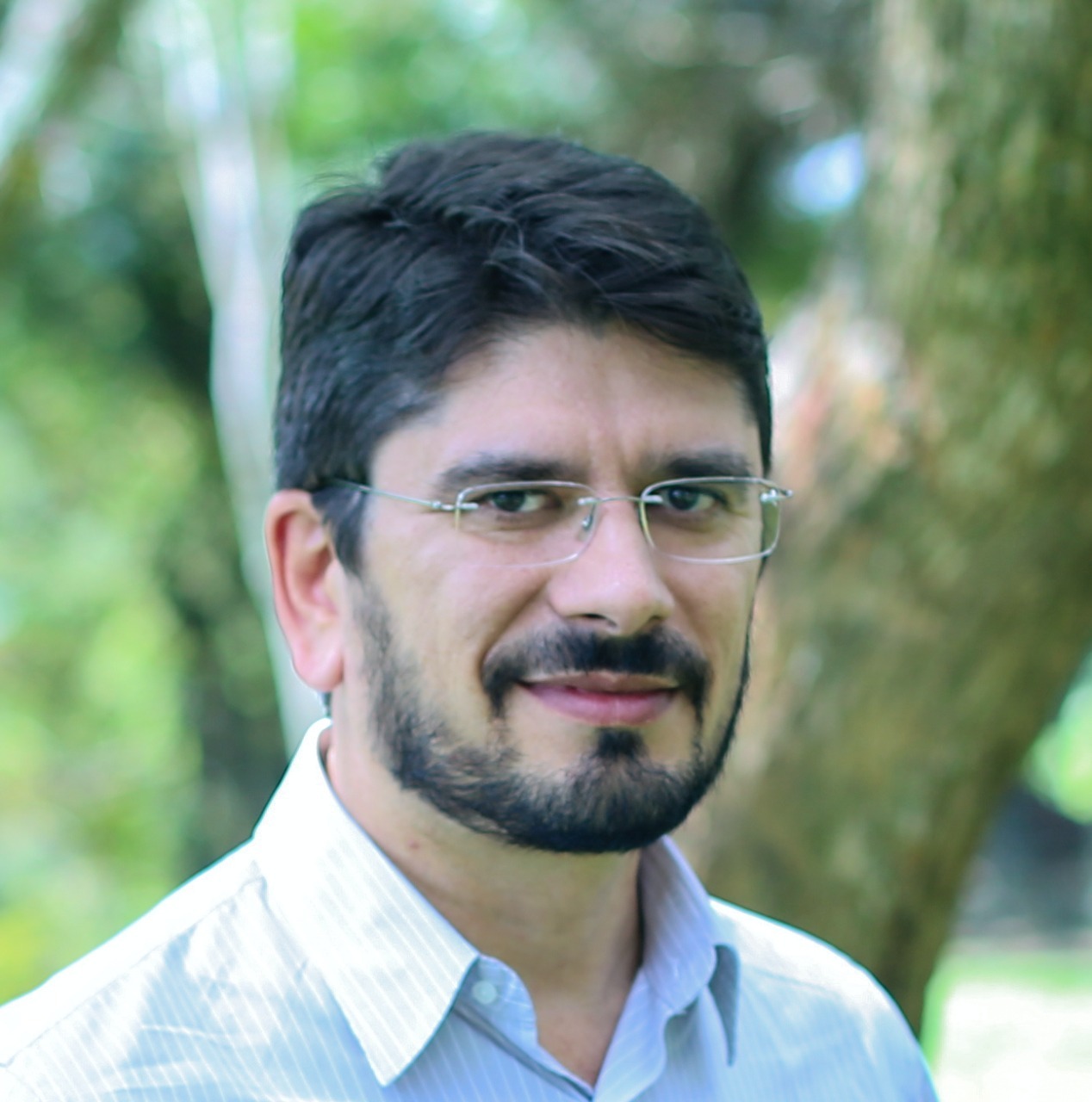
Generating a new regional economic dynamic is crucial to ending forest supression.
Valmir Ortega, Belterra Founder
How do you face issues such as technical training, costs for forest restoration and other challenges linked to this production model?
There is no doubt about the enormous potential in Brazil to create businesses that involve a standing forest. The country has land, water, technical, and productive capacities. Cocoa, andiroba, peach palm, copaiba and many other species have an incredible market potential. But there are major barriers that reduce the migration of producers to agroforestry systems. The first is the cost of agroforestry.
The implementation of agroforestry by Belterra costs between R$ 10 thousand and R$ 25 thousand per hectare, while a hectare of soy requires around R$ 6,500. On the other hand, one hectare of soy generates a net income of R$ 1.5 thousand to R$ 2.5 thousand, depending on the region of the country. At the same time, a hectare of cocoa produced in an agroforest has a net income per hectare of more than R$ 6 thousand. Therefore, agroforestry systems can generate much greater income for producers and are ecologically more sustainable.
Another barrier is the “technical transition”. It is a difficult path to migrate to agroforestry for ranchers or conventional producers. The knowledge of species and agricultural practices are different. This takes time and there are no channels or technical support operating at optimal scale and speed.
Another stumbling block is commercial. For example, today a slaughterhouse buys oxen at its property’s gate. They fetch the ox for you. When you think about soy, rice and beans, they all also have structured chains where there are few commercial difficulties. But agroforestry products are very diversified, requiring other rationales for pricing, and they do not have these well-structured commercial mechanisms, even if they are already well accepted in various regions of the country.

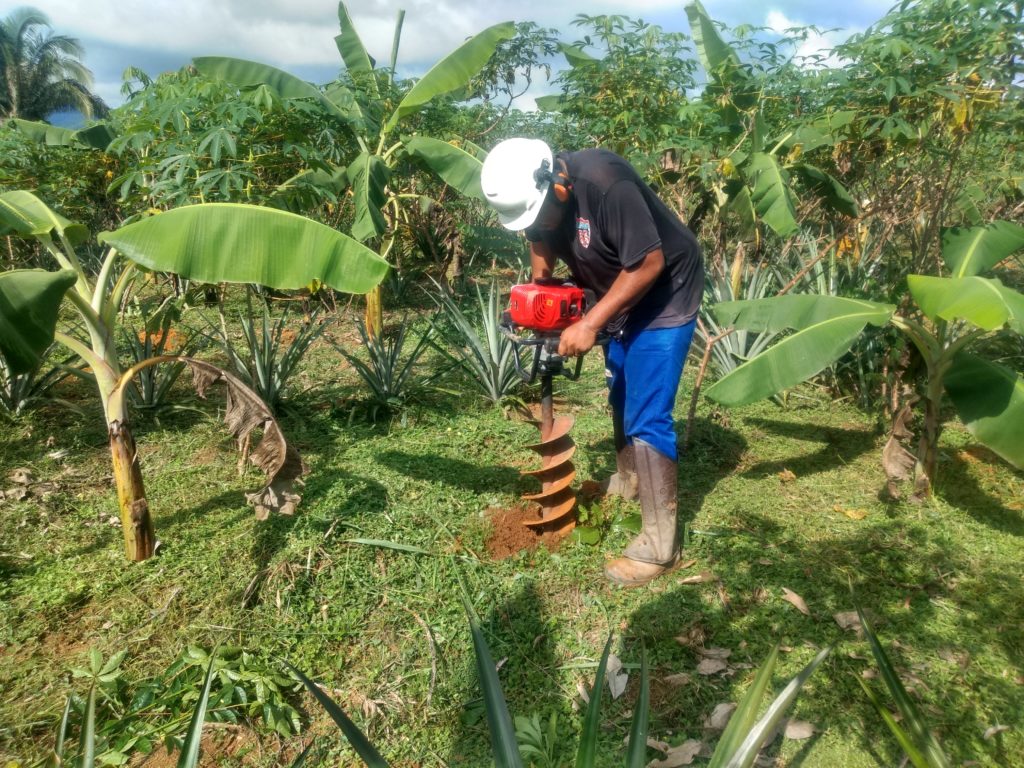
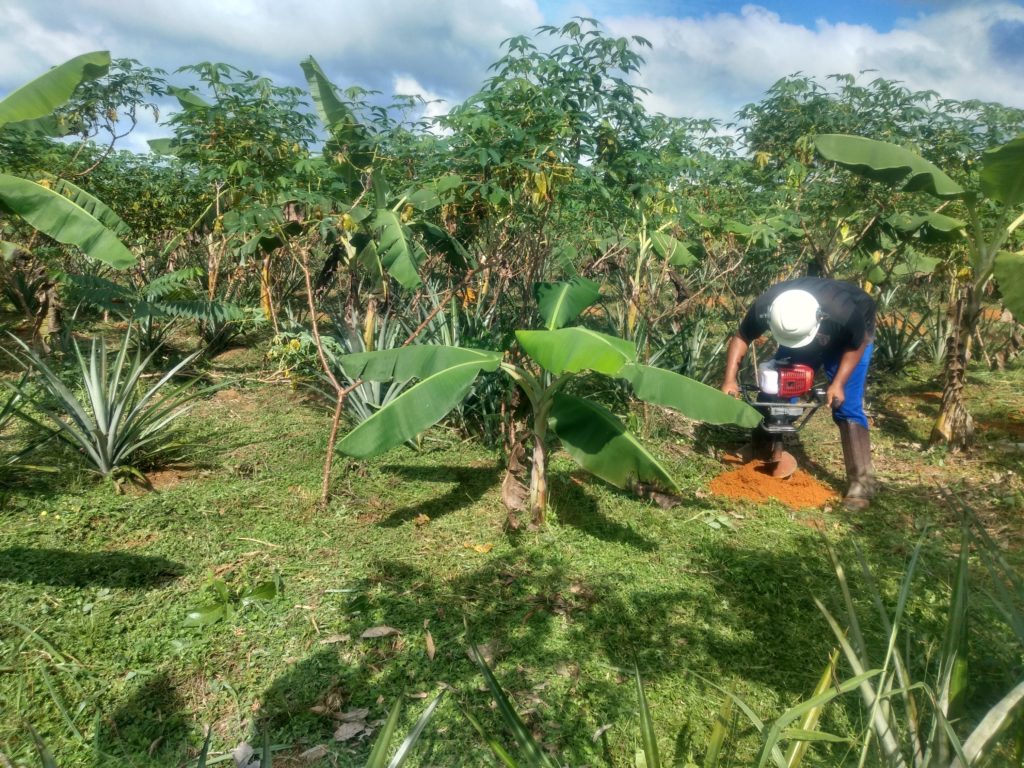
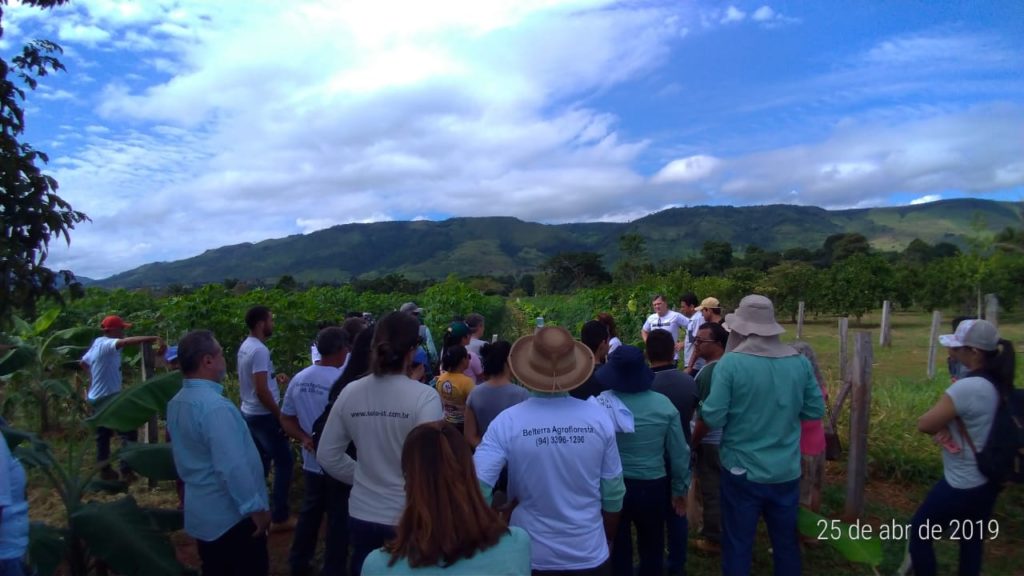
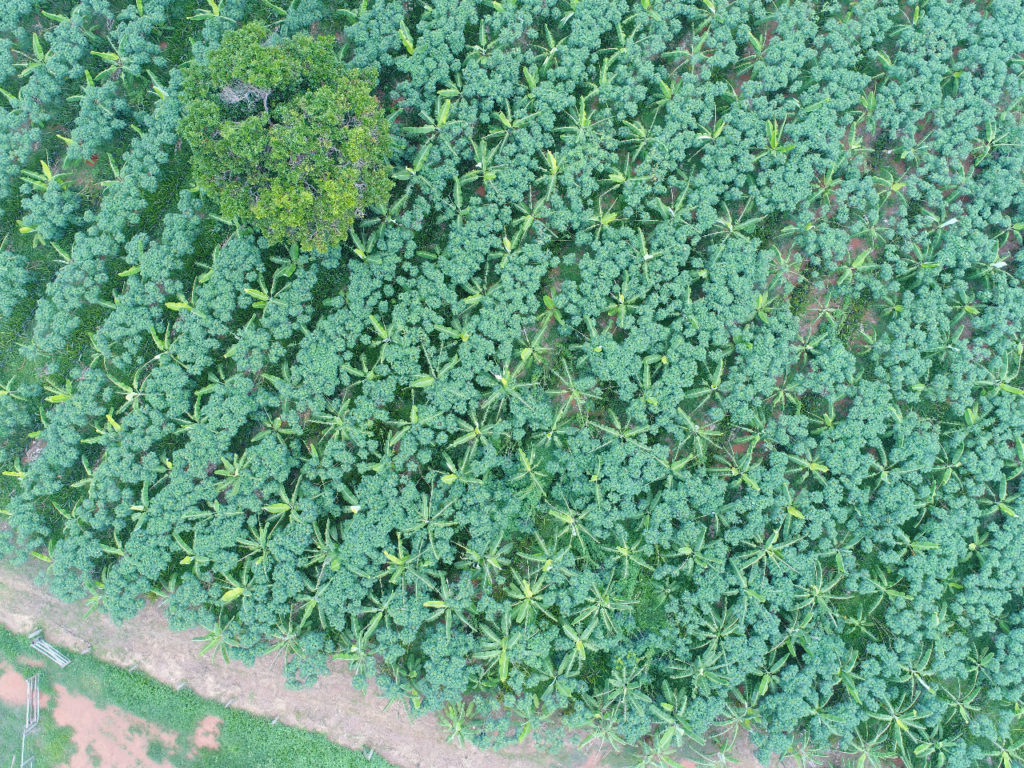
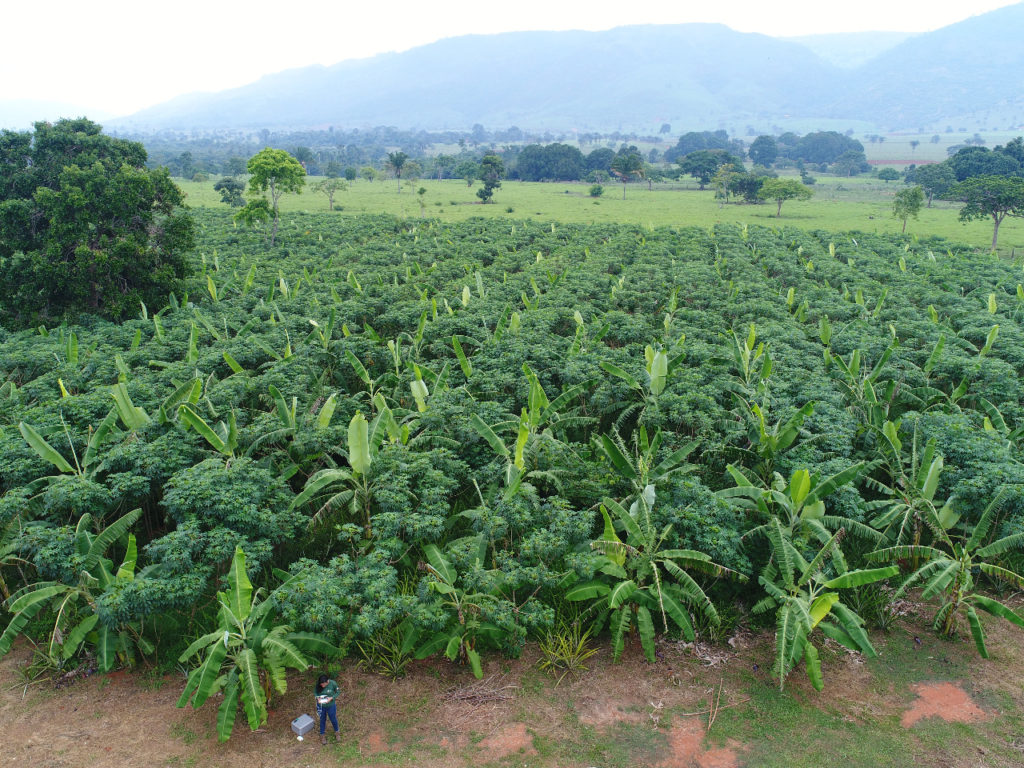
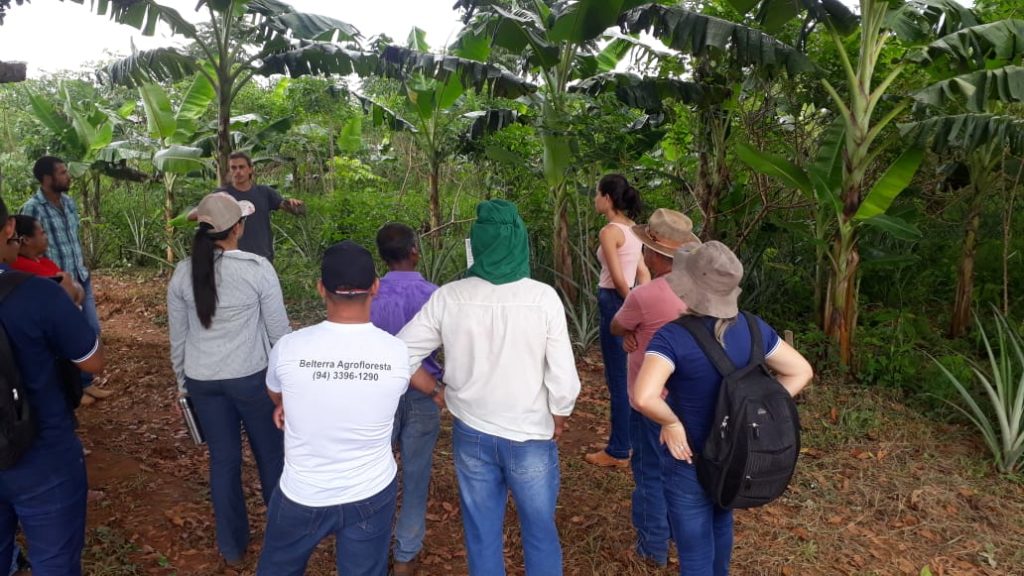
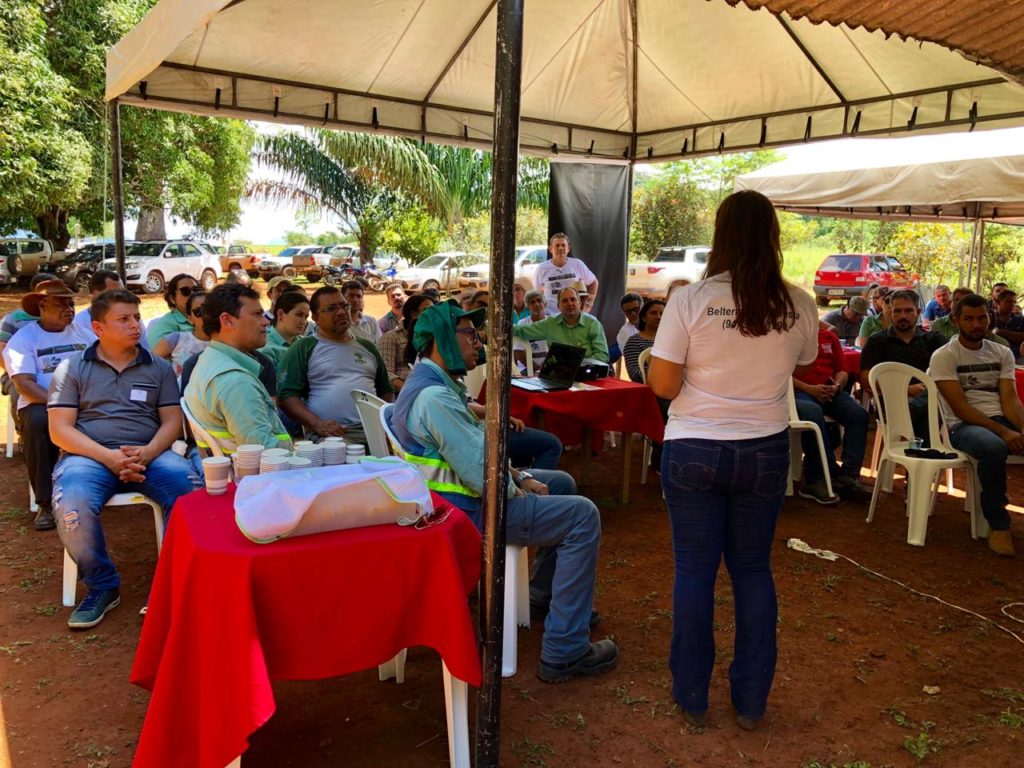

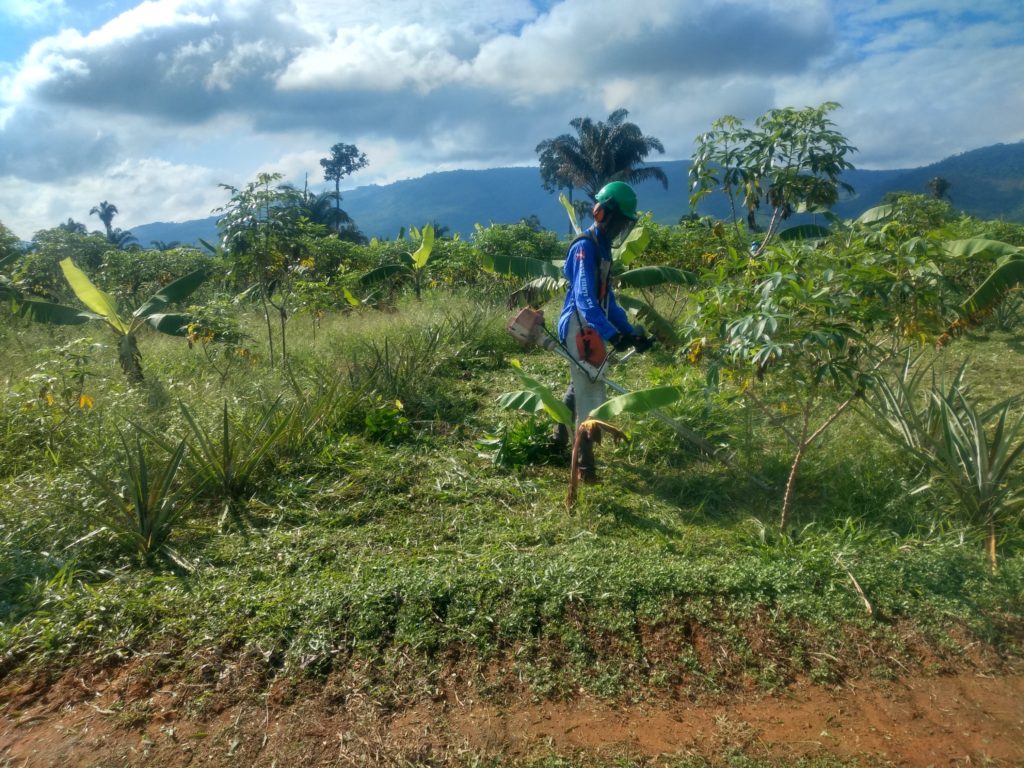
Implementation of agroforestry systems created by Belterra in Pará. Photos show the beginning of banana, manioc, pineapple, and corn plantations, and the forest species, such as copaíba and cumaru. After the banana trees grow, cocoa is introduced.
Given this scenario, how has Belterra supported producers to migrate to agroforestry systems?
We work with contracts of at least 10 years for a technical-productive transition in the Amazon. We make the investments. For those who do not want any risk, want to value their property and have an immediate income alternative, leasing is an opportunity. The rural partnership, on the other hand, serves the farmer who wants to participate in the process, but does not have knowledge and does not want to take financial risks alone. Thus, Belterra invests, covers financial risks, and the producer provides land and labor.
In this model, we take on the risks of operating on the properties and train producers to soon expand their production in a sustainable manner and with their own conditions. Another possibility is integration contracts, where the producer already has some knowledge and more autonomy. In this case, we promote qualification, training, and access to credits and markets, with a guarantee of future sales. Each farmer profile has a possible contract profile, but in all of them the biggest financial risk is taken on by Belterra.
Who are the main investors in the company’s shares today?
Our main investor is Fundo Vale and, recently, we have the support of the Good Energies Foundation, in Switzerland.
What is the B Movement, of which Belterra is a part?
It’s a global movement whose name derives from B-Corp, or benefit corporations, companies focused on businesses that can be positive for the planet, for communities, workers, suppliers, and buyers. It is a kind of careful certification, which requires more than compliance with legislation. There are 216 certified companies in Brazil, totaling 25 thousand people between employees and beneficiaries. Some are large, but most are small and medium-sized companies. They are also looking for profit, of course, but the focus is not exclusively on this. Companies are increasingly taking this sustainability route because the markets demand it. Once you’re in, there’s no return.
With Conexsus support, the Iratapuru River Mixed Extractive Producer’s Cooperative (Comaru), in Amapá, produced and sold 25 tons of Brazil nuts this year, in the midst of the covid-19 pandemic. What reinforcement does this bring in terms of productive potential in the Amazon?
In the case of Conexsus, we work with community-based organizations. This is a good way to gain scale, as we will be able to reach thousands of producers in the Amazon and transform the economic dynamic while maintaining their relationship with the forest. We understand that cooperatives, producer associations, and other arrangements are the right format for this.
A first survey by Conexsus, in 2018, identified 1,040 cooperatives in Brazil, 400 of them in the Amazon. It is a large number of cooperatives that mobilize hundreds of thousands of producers and help to process production and resolve the issue of sales. These are relevant aspects to give scale to production, distribution, and fairer commercial conditions.
Are items with productions that keep the forest preserved arriving satisfactorily in Brazilian markets? What’s left for all this to take off?
We need to expand markets for products from the native forest, consolidate chains that involve family farming, which reduce pressure on the forest and remove the dependence that farmers have on livestock and grain commodities. Brazil has a huge consumer market. We could take advantage of the internal consumption capacity and the growing demand for products with a more natural origin, especially among the new generations. However, there is a lack of a business environment and conditions for accessing capital, necessary for these markets to grow.
Public financing lines are not easily accessible to forest product chains. It is much simpler to get financing for livestock and soy than to implement extractive management, such as açaí or nuts. In 2019, we signed an agreement with Banco da Amazônia to facilitate access to Pronaf through forest supply chains. We hope that this goes forward, but it will still be far short of what we would like, as demand is much higher.
Brazil has a huge consumer market. We could take advantage of the internal consumption capacity and the growing demand for products with a more natural origin, especially among the new generations. However, there is a lack of a business environment and conditions for accessing capital, necessary for these markets to grow.
Arrangements with medium and large companies to acquire these products will lead to a more structured production by organizations that are rooted in the forest. The Amazon 2030 initiative highlights a set of products that family farming can produce in the Amazon and conquer national and global markets. We have over 1 million family farmers in the region and over 20 million hectares of rural settlements.
What is the position of the current government in face of these challenges and opportunities?
In this government, we had a strong reduction in policies that were highly relevant to cooperatives. Until 2018, the National School Feeding Program (PNAE) and similar policies played an important role in guiding purchases from family farming. During the previous decade, purchase volumes grew. But projects like this have been drastically reduced by the government. Impacts like these were followed by the pandemic, which further restricted the cooperatives’ business. One of Conexsus’ first initiatives during the pandemic was to launch an emergency fund to finance cooperatives, as we knew they would run out of revenue. We support more than 80 cooperatives in Brazil.
Maybe next year, an election year, issues like these will be addressed more adequately. We need to have government and society aligned with a project for a sustainable future for the country in 10, 20, 30 years. Over the past three years, we have had a federal government that is totally out of line with what the rest of the planet is looking for in terms of a green transition. We could be overcoming the covid-19 crisis with sustainable investments.
Wouldn’t adaptations in the cesta básica (monthly food basket) also be an important means of marketing forest products?
I think there is some regional variation in the cesta básica, but the basic products, such as rice, beans and some protein, are always present. We always have to insist that school meals are a good place for this. Some states have developed experiments to increase the consumption of regional products in schools, as a way to educate this public to consume healthier and less industrialized foods. But I think food baskets are an important means to be developed. Public policies for this are important, leading to the engagement of city halls and states.
We can think of these forests as if they were two production lines. In planted areas, we would have a “fast food” type line, in constant large volumes. In the native ones, we would have a “gourmet” line, with a huge diversity of species, products and uses that would lead to a differentiated market value. A good match between these types of economies could be the recipe for the ‘Silicon Valley in the Amazon’.
In April, on Zeca Martins’ podcast, you stated that agroforestry is our “Silicon Valley”. What do you mean by that?
Going straight to the point, how can we be competitive in Brazil? I think where we can be unbeatable and have our own Silicon Valley is in the use of biodiversity. This involves biotechnology, chemistry, bioeconomics. There is no way to compete with us in this field, which must be sustainable, if we know how to invest and use the best technology. I’m not talking about the basic production of commodities like soy and corn. There is a huge path to explore, combining forest exploitation and restoration. In the government of Pará, we tried to implement a state program to create a new forest economy. But all of this is not incompatible or in competition with conventional economies such as planted forests. Associating these models is a way to generate added value.
In addition, planted systems and agroforestry can offer predictable volumes of production, structuring productive arrangements that are more attractive to industries and investments. In other words, we can think of these forests as if they were two production lines. In planted areas, we would have a “fast food” type line, in constant large volumes. In the native ones, we would have a “gourmet” line, with a huge diversity of species, products and uses that would lead to a differentiated market value. A good match between these types of economies could be the recipe for the ‘Silicon Valley in the Amazon’.
How to get involved
- Project website
- www.belterra.com.br
- Contact information
- valmir@belterra.com.br



